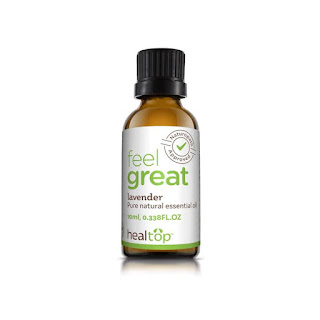Ceramic Backflow Incense Burner
There seem to be many misconceptions and questions about backflow incense out there, so I've gone ahead and answered the ones I've seen most often.
1. How does it work? Why does the smoke go down?
As the incense burns, it produces smoke, pushing it into the surrounding air. Some of that smoke is pushed into the hole in the middle of the incense cone. As more smoke is produced, it is pushed further down through the cone, and its temperature cools. Now that the smoke is the same temperature as the surrounding air, it is denser and sinks.
The smoke flows downward, similar to how water would, often tracing the surfaces of the objects it encounters until it either disperses due to diffusion or is caught in an air current.
2. I've heard backflow incense smells terrible! Is that how backflow incense is?
Backflow incense can smell amazing. If your cones smell bad, it's probably because they are low quality. Sadly, so many of the backflow burners available online come with these cones because it's such a bad introduction to incense. Low quality incense can be made with synthetic scents, sawdust, charcoal, and glue. Although these cones do give you the backflow effect, the smell can be decidedly unpleasant.
Real incense is made with a mix of natural binding agents, resins, oils, herbs, and wood. But how can you know their quality before you buy them? A general rule is that if they seem too cheap to be accurate, then they probably are. Backflow incense should be priced similarly or a bit higher than ordinary cone incense. When cone incense costs ~$3 for 10 cones and backflow cones cost ~$7 for 100 cones, it's pretty apparent that the backflow cones aren't anywhere in the same quality range.
I would suggest looking into regular incense cones, then buying backflow cones that are similar to those. After all, the only difference between regular and backflow incense is that hole in the bottom. I also sell backflow cones in my shop.
3. What's the difference between regular incense cones and backflow incense cones? Do they use unique ingredients for backflow cones?
There SHOULD be no difference except for the geometry of the cone; there should be a hole in the bottom of the backflow cone, which serves to draw the smoke downward.
I say should because many of the market's backflow cones are ridiculously cheap, foul smelling cones that don't deserve to be called incense.
4. I've heard the smoke leaves a sticky deposit or discolouration. Is this true?
Yes. Any incense you burn will release this substance, the only difference being that with other incense, it is released upwards and disperses throughout the room whereas, with backflow, it is more concentrated in the burner.
Just clean it every so often with warm soapy water. If your burner has a base, it should prevent any surfaces from colouring, but if not, you may get some discolouration on your tabletop after a while.
5. Can you make your backflow cones?
Yes. There are generally two ways to do this. If you happen to have a power drill, you can use it to drill a hole into any standard incense cone to turn it into a backflow cone. Just make sure to stop hitting an eighth of an inch or so from the tip of the cone so that you don't break it.
The other way is to grind up cone incense into powder, add water until it forms a malleable putty consistency, then form it into cones, using a nail to poke a hole into each one. Leave them out to dry for a few days, then tip them over to expose the bottom surface to dry some more. This method is worth it if you want to do a big batch all at once. You can also lookup recipes for incense and mix your own from scratch. You'll need to grind the ingredients down, maybe with a mortar and pestle. You'll also need a binding agent of some kind; a common one is Makko powder. Makko powder dissolves in water then hardens when it dries, making it extremely useful for forming cones. It also burns well, which is helpful if some of your other incense ingredients are not as explosive.
6. Does backflow incense burn differently?
Yes, backflow cones will burn slightly more quickly than a standard incense cone because of the higher airflow to the burning area. This also means it probably burns slightly hotter, which may influence the scents released. For a video of a burn comparison, check out the video below:




Comments
Post a Comment